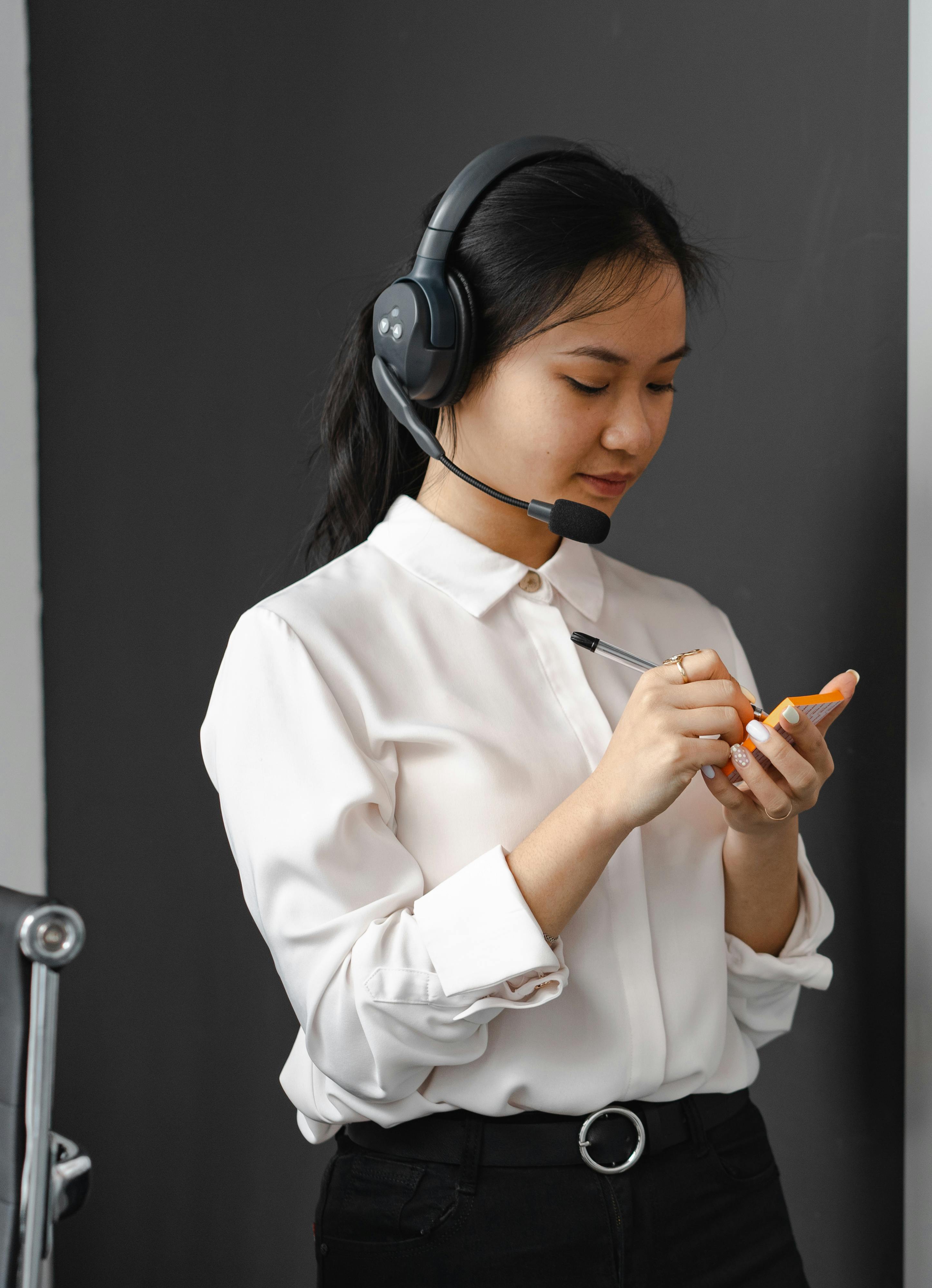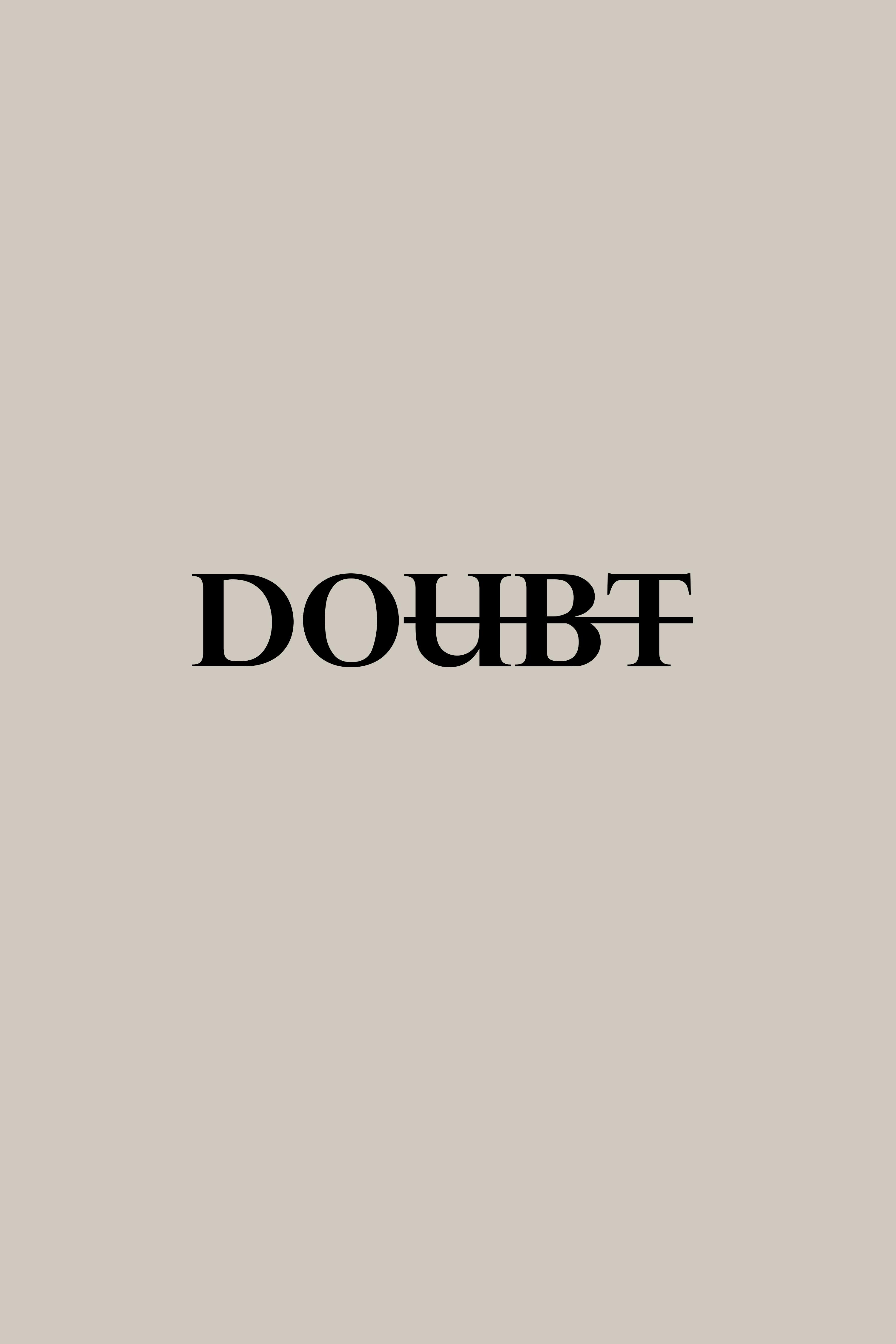Practical Guide to Capturing Stunning Northern Lights in 2025

Essential Guide to Photographing the Northern Lights in 2025
The Northern Lights, or Aurora Borealis, are a spectacular natural phenomenon that captivates photographers and travelers alike. Capturing this ethereal display requires not just timing, but also knowledge of the right techniques and equipment. In this essential guide, we'll delve into how to photograph the Northern Lights, with a special focus on 2025. Whether you’re using a DSLR or your smartphone, you’ll find valuable insights to enhance your Northern Lights photography experience.
In this article, we will cover:
- Best camera settings for aurora and night photography
- Ideal locations and times to see the Northern Lights
- Photography gear and techniques specific to capturing the aurora
- Tips for editing and sharing your Northern Lights photos
- Common mistakes to avoid and tips for beginners
By following these guidelines, you'll be equipped to capture breathtaking images of the Northern Lights, making your photographic journey an unforgettable experience.
Key Camera Settings for Northern Lights Photography
Understanding the best camera settings for photographing the Northern Lights is crucial for achieving stunning results. These settings will vary depending on the conditions, but there are some foundational principles to keep in mind.
Understanding Exposure for Northern Lights
Exposure is fundamental when capturing the Northern Lights. Since you’ll be working in low light, a longer exposure is usually necessary. A good starting point is to set your camera to a shutter speed of 10-15 seconds. Use a wide aperture (f/2.8 or wider) to allow more light to hit the sensor, which can produce better quality images.
Configuring Your DSLR for Northern Lights
Your DSLR will need specific configurations for optimal Northern Lights photography. Firstly, set the camera to manual mode. This allows complete control over shutter speed, aperture, and ISO. Start with an ISO between 800 and 3200, adjusting based on the brightness of the auroras. Utilize a sturdy tripod for stability during long exposures.
Using Remote Triggers for Northern Lights
A remote trigger can significantly reduce camera shake during long exposures. If you don’t have one, using the camera's timer function can achieve a similar effect. Make sure to test various settings before your planned shoot to familiarize yourself with how different settings affect the final image.
Best Lenses for Northern Lights
For vast landscapes filled with auroras, using a wide-angle lens (between 14mm and 24mm) is ideal. This allows you to capture more of the sky while also including some foreground elements, enriching your composition. A lens with a lower f-stop (f/2.8 or lower) will also improve your photographs in low light conditions.
Light Pollution and Northern Lights
Choosing a dark sky location away from city lights is essential for clear visibility of the Northern Lights. Light pollution can wash out the colors and details of the aurora, so it is wise to research ideal shooting locations well in advance. Consider using aurora forecasting apps for real-time updates on aurora activity and local environmental conditions.
Ideal Locations and Timing for Aurora Photography
Timing your Northern Lights shoot is critical for capturing those stunning shots. Winter months, particularly from September to April, are your best bet for seeing the auroras due to extended dark nights in many locations.
Best Places to Photograph Northern Lights
Some of the best places to photograph the Northern Lights include Tromsø in Norway, Fairbanks in Alaska, and Yellowknife in Canada. These locations are well-known for their clear skies and high aurora activity, as well as offering local resources for photographers.
Planning Your Northern Lights Adventure
When planning your trip, ensure to check the moon phase and weather conditions. A new moon is preferable as darker skies enhance aurora visibility. Additionally, plan for multiple nights in your chosen locations to increase your chances of catching an aurora display.
Understanding Aurora Activity and Patterns
Understanding the science behind Northern Lights can significantly improve your chances of capturing them. Study aurora patterns and historical data to predict when and where the auroras are most likely to appear. Various online resources and astronomy forums discuss aurora activity and can provide helpful insights.
Utilizing Social Media and Online Communities
Engaging with the aurora photography community through social media can provide valuable tips on the best viewing times and locations. Platforms like Instagram and dedicated photography forums allow photographers to share stories and experiences, which can be instrumental in planning your own adventure.
Essential Equipment for Northern Lights Photography
Having the right equipment is vital for capturing the beauty of the Northern Lights. There are a few key items that should be on your checklist before heading out.
Northern Lights Photography Gear Checklist
Besides your camera and lens, don't forget essential gear like a sturdy tripod, long exposure remote, extra batteries, and even hand warmers. Long exposure photography can drain your camera’s batteries quickly, so having backups is wise.
Smartphone Photography for Northern Lights
If you plan to use a smartphone for capturing auroras, ensure it's equipped with advanced night mode capabilities. There are several photography apps that can enhance smartphone photography, allowing you to adjust exposure and ISO settings similar to a DSLR.
Using Filters for Northern Lights
Using filters can be beneficial in aurora photography. A polarizing filter may help reduce reflections and enhance colors, which is particularly useful when photographing the northern lights over water. Experiment with various filters to see what works best for your style.
Post-Processing Northern Lights Images
Editing plays a crucial role in enhancing your Northern Lights photos. Utilize editing software to adjust contrast, brightness, and saturation to bring out the vibrant colors of the aurora. Software like Adobe Lightroom and Photoshop provides professional-level tools for refining your images.
Northern Lights Photography Tips for Beginners
If you’re new to photographing the Northern Lights, there are several common mistakes to avoid and tips to help you get started.
Common Mistakes to Avoid in Aurora Photography
One frequent mistake is underestimating the cold weather. Always dress in layers and protect your equipment. Another common pitfall is not practicing beforehand. Make sure to familiarize yourself with your camera settings in advance, as this can save precious minutes when you're ready to shoot.
Enhancing Aurora Photos with Layers
Composing your shots with foreground elements adds depth to your photographs. Look for interesting landscapes or silhouettes that can complement the aurora above. Layering adds dimension and context, making your images more engaging.
Capturing Reflections of Aurora
Water bodies provide excellent opportunities for creative composition. If available, utilize lakes or rivers to capture reflections of the aurora. This technique can create stunning symmetry in your photos and elevate overall impact.
Safety Tips for Northern Lights Photography
Exploring remote locations at night can be risky. Always let someone know where you are headed and be mindful of your surroundings. Count on a trusted map and don't stray too far from designated paths during your photography adventures.
Sharing Your Northern Lights Experience
Once you've captured those stunning images of the Northern Lights, it’s time to share your experience with the world.
Sharing Northern Lights Photos Online
Use social media platforms to share your work and connect with other photographers. Tagging locations and using relevant hashtags will increase the visibility of your images, attracting an audience passionate about Northern Lights.
Creating a Shot List for Northern Lights
Before your shoot, creating a shot list can help ensure you capture a variety of perspectives and compositions. Plan shots of both wide landscapes and detailed close-ups of the aurora, as these different approaches will yield a rich collection of images.
Exploring Northern Lights Landscapes
Every location offers a unique chance to explore the landscape while photographing the auroras. Researching and mapping out landscapes that are visually appealing regardless of the aurora activity can help you capture exceptional photos even on cloudy nights.
Aurora Photography Workshops and Tours
Consider joining local workshops or guided tours focused on Northern Lights photography. These can provide invaluable insights, professional guidance, and an opportunity to learn from experienced photographers in the field.

Conclusion
Photographing the Northern Lights can be an exhilarating experience filled with beautiful visuals and unforgettable memories. By utilizing the right equipment, understanding essential camera settings, and being aware of your surroundings, you can capture breathtaking images of this natural wonder.
As you embark on your Northern Lights photography journey, remember to explore, be creative, and most importantly, enjoy your experience. Happy shooting!
